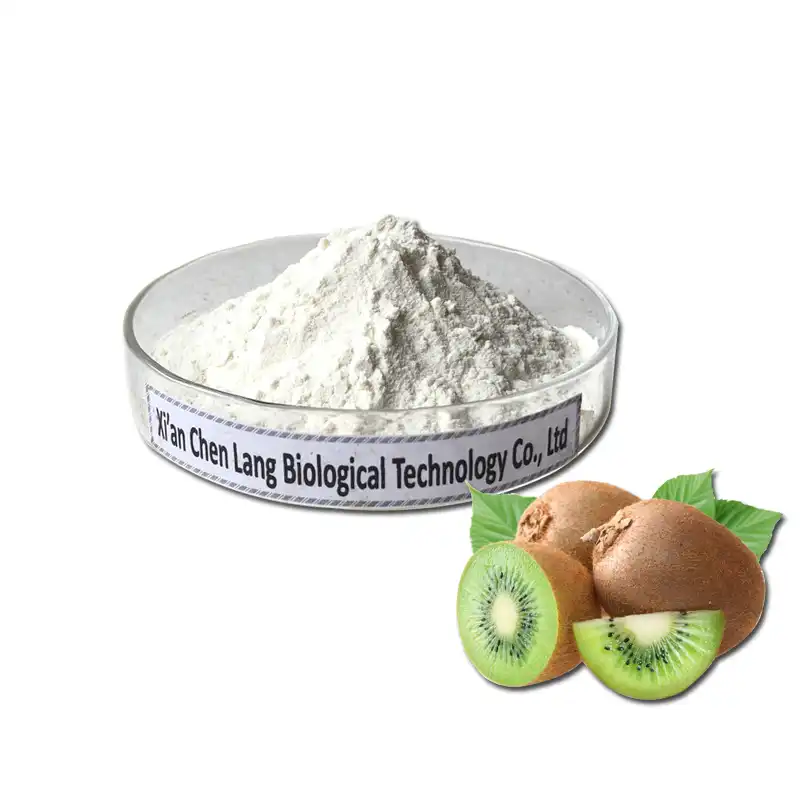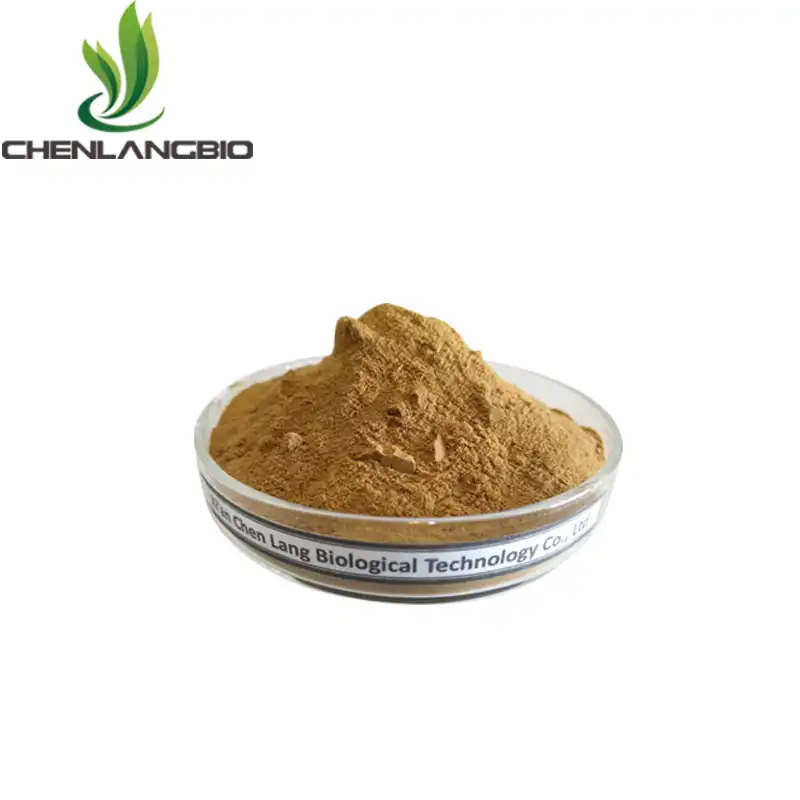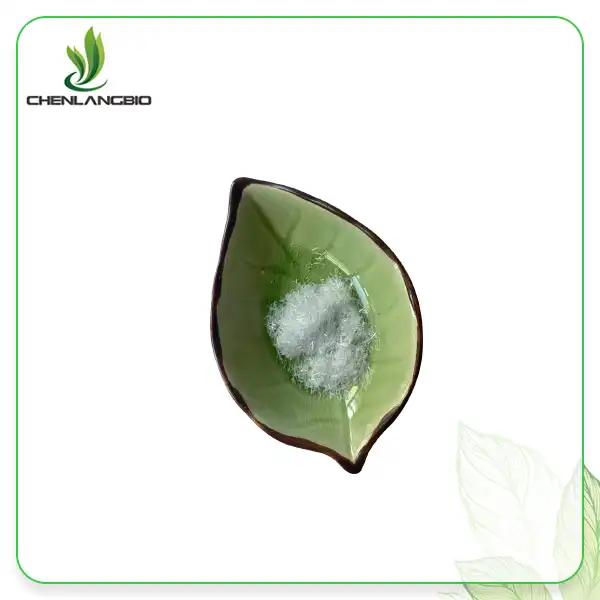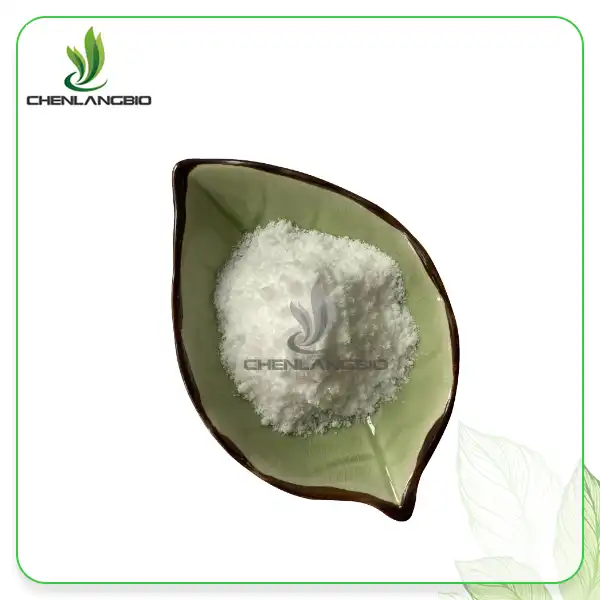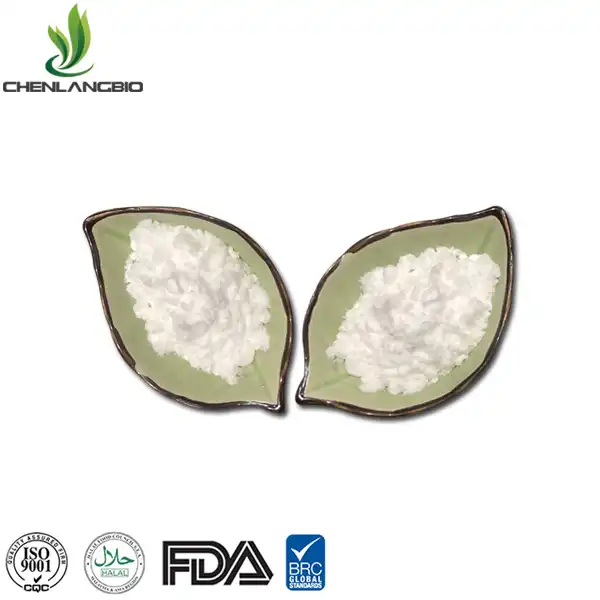How to Mix Monobenzone Powder
2024-10-12 14:47:07
Monobenzone powder is a depigmenting agent often used to treat skin conditions such as vitiligo by permanently lightening the skin. When using Monobenzone, it is essential to understand its properties and how to properly mix the powder for optimal results. This blog will guide you through the steps of mixing Monobenzone powder, precautions to take, and related safety information. Whether you are using Monobenzone for personal or professional purposes, following these steps ensures that the powder is applied safely and effectively.
What Is Monobenzone Powder Used For?
Monobenzone powder works by reducing melanin, the pigment responsible for skin color. It is primarily used to treat vitiligo, a condition where skin patches lose their pigmentation. By depigmenting the surrounding skin, Monobenzone provides an even skin tone for those affected by the condition. However, this compound should only be used under the supervision of a healthcare professional, as improper use can lead to undesirable results such as uneven skin lightening or irritation. Monobenzone is also being researched for other skin conditions, including hyperpigmentation disorders. Its usage in cosmetics or for whitening purposes is controversial due to the potential risks associated with long-term use. Understanding how to mix Monobenzone powder correctly is essential to achieve desired results and avoid complications.
How Do You Mix Monobenzone Powder Safely?
Mixing monobenzone powder requires precision to ensure a stable and safe formula. Below are the steps to help you prepare Monobenzone in a controlled environment, ensuring both safety and effectiveness.
Gather the Necessary Materials
To mix Monobenzone powder, you'll need the following materials:
· Monobenzone powder
· A stable carrier cream or base (e.g., moisturizing cream)
· Measuring tools (e.g., milligram scale, spatula)
· A clean mixing bowl
· Gloves and protective gear
Monobenzone powder must be mixed with a base cream to create a topical application. Ensure that the base cream you choose is compatible with Monobenzone. For professional purposes, dermatologists often recommend hypoallergenic creams to minimize the risk of irritation.
Measure the Correct Dosage
Accurate measurement is critical when dealing with Monobenzone powder. The standard concentration for Monobenzone in topical formulations typically ranges from 20% to 40%. Depending on the individual’s treatment plan, the concentration may vary. Always follow the dosage recommended by your healthcare provider or dermatologist.
To create a 20% solution, for instance:
· Use 2 grams of Monobenzone powder for every 8 grams of the base cream. For a higher concentration, adjust the monobenzone powder quantity accordingly. Use a digital scale to measure precise amounts.
Mix the Powder and Base Cream
Once the dosage is measured, slowly add the Monobenzone powder to the base cream. Stir thoroughly to ensure that the powder is evenly distributed throughout the cream. A spatula or small mixer can help ensure a smooth, consistent mixture. Mixing too quickly can lead to clumps or uneven distribution, reducing the cream’s effectiveness. Store the mixed cream in an airtight container to maintain its stability and prevent exposure to light, heat, or contaminants.
What Precautions Should Be Taken When Mixing Monobenzone?
When handling Monobenzone powder, it is essential to take safety precautions to avoid irritation or adverse effects. Below are some critical steps to ensure safe handling and usage.
Wear Protective Gear
Monobenzone powder can cause irritation if it comes into direct contact with your skin, eyes, or respiratory system. To prevent exposure, always wear protective gear such as gloves and a face mask while mixing. Protective eyewear is also advisable to safeguard your eyes from accidental contact. Even small particles can cause discomfort, so taking precautions will help you avoid unnecessary risks and ensure that the mixing process is safe and effective.
Use in a Well-Ventilated Area
Mixing monobenzone powder in a well-ventilated area is crucial to avoid inhaling any airborne particles. Ideally, a laboratory-grade fume hood should be used to minimize the risk of respiratory irritation. Proper ventilation will prevent powder accumulation in the air, reducing health hazards. If a fume hood is unavailable, ensure that windows are open and fans are in use to circulate air and disperse any particles that may become airborne during the mixing process.
Patch Test Before Use
Before applying Monobenzone cream to larger areas of skin, conduct a patch test to check for allergic reactions or irritation. Apply a small amount of the cream to a discreet area of your skin, such as your forearm, and monitor for 24 to 48 hours. If redness, swelling, or itching occurs, discontinue use immediately and consult a dermatologist. This precaution ensures that you are not hypersensitive to the compound and helps you avoid potential skin complications during treatment.
How Long Does It Take for Monobenzone to Work?
The effectiveness of Monobenzone powder depends on several factors, including skin type, concentration of the product, and how frequently it is applied. Typically, users may start seeing results within several weeks to months, depending on their skin’s response to the treatment. For those using Monobenzone to treat vitiligo, depigmentation is a gradual process, and patience is required to achieve an even skin tone. Consistency is key. Monobenzone cream should be applied regularly as directed by a healthcare provider, with results becoming more noticeable over time. It is also important to protect the skin from UV exposure, as Monobenzone-treated skin is more susceptible to sun damage.
Conclusion
Mixing monobenzone powder safely and effectively requires attention to detail, precise measurement, and adherence to safety protocols. Whether you are using this compound to treat a medical condition like vitiligo or for other cosmetic purposes, it’s important to follow best practices for mixing and application. Always consult with a healthcare professional before using Monobenzone to ensure you are using the correct concentration and procedure for your skin type. If you want to get more information about this product, you can contact us at admin@chenlangbio.com.
References
1. Dermatology Textbook on Depigmentation Treatments, 2023.
2. Journal of Dermatological Science: Monobenzone in Vitiligo Treatment, 2022.
3. Clinical Study on the Safety of Monobenzone Use, 2021.
4. Comprehensive Guide to Mixing Topical Compounds, 2023.
5. Safety Precautions for Handling Monobenzone Powder, 2023.
6. Advances in Depigmentation Agents for Skin Disorders, 2022.
Send Inquiry
Related Industry Knowledge
- Where to Buy the Best Pure Fisetin
- Red Wine Extract Powder for Skin Health and Beauty
- Isobutylamido Thiazolyl Resorcinol vs. Other Skin Lighteners
- What are the Benefits of Camellia Oleifera Seed Extract
- Who Should Not Take Praziquantel
- What Does Bakuchiol Do to Skin
- Is Magnesium Ascorbyl Phosphate the Same as Vitamin C
- What Are Kudzu Root Extract Pure Puerarin Powder Good for Women?
- Which Food Contain Anti-aging compound Fisetin
- Phenylethyl Resorcinol vs Hydroquinone



